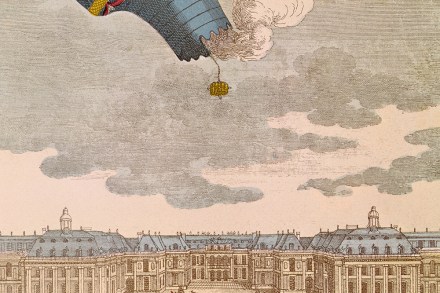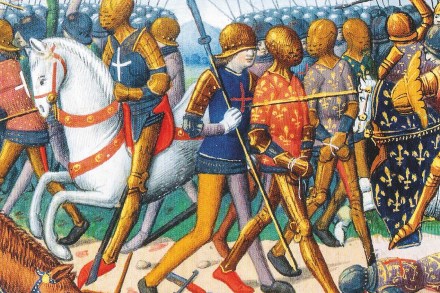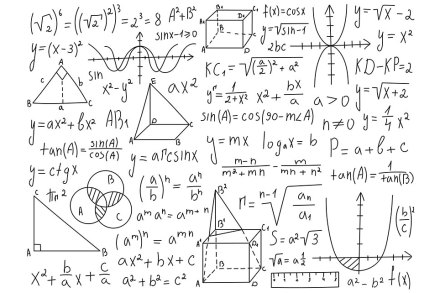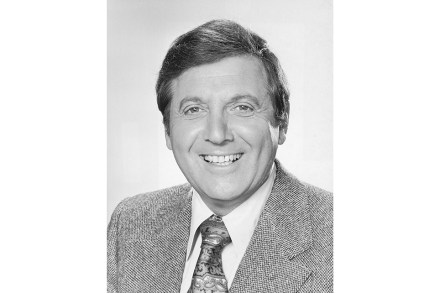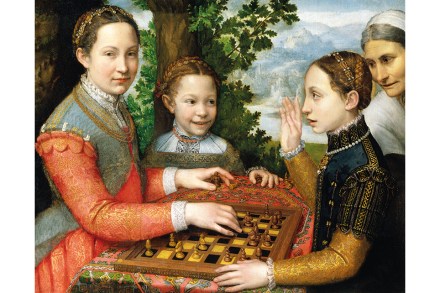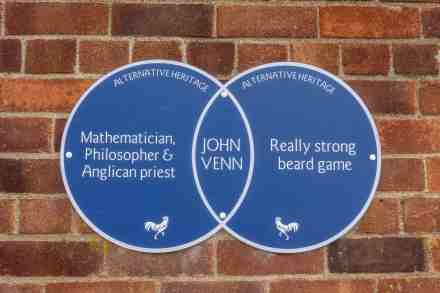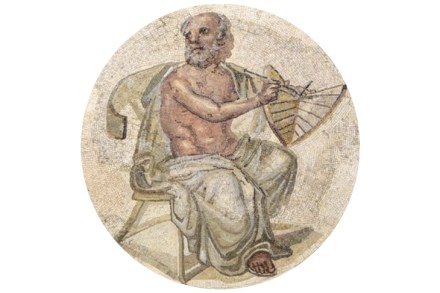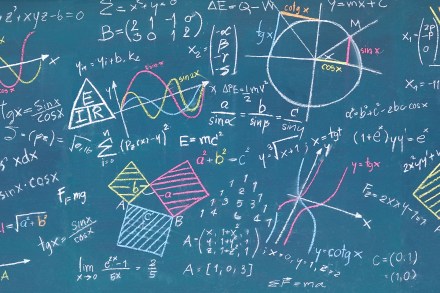In search of Pico della Mirandola, the quintessential Renaissance Man
Edward Wilson-Lee writes rather chin-strokey, erudite books for the half-educated general reader with a strong taste for big ideas and the ever-so-slightly weird –which is to say people exactly like me and very possibly like you. The Catalogue of Shipwrecked Books: Young Columbus and the Quest for a Universal Library (2018); A History of Water: Being an Account of a Murder, an Epic and Two Visions of Global History (2022): autodidact catnip. He’s a gifted chronicler of the odd, the interesting and the esoteric. Think non-fiction Umberto Eco. It’s perhaps not surprising, then, that he’s now got round to writing about the Renaissance Man’s Renaissance Man, Giovanni Pico della Mirandola:




